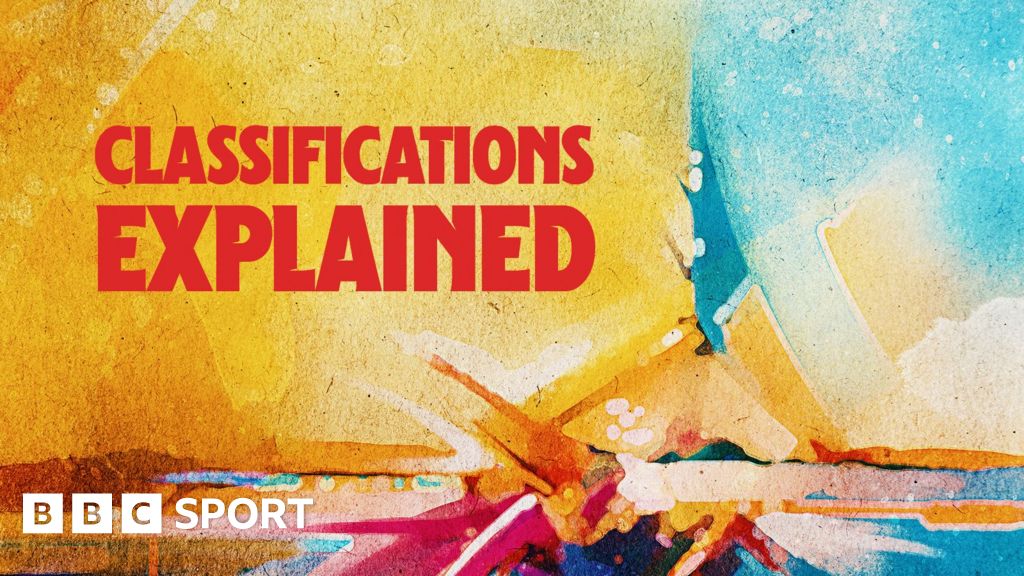All impairment groups can compete in athletics but a system of letters and numbers is used to distinguish each class.
A letter F is for field athletes, T represents those who compete on the track, and the number shown refers to their impairment.
11-13: Track and field athletes who are visually impaired. Blind athletes compete in class 11, wear compulsory blindfolds and run with a guide runner. Athletes in class 12 are visually impaired but running with a guide is optional.
20: Track and field athletes who are intellectually impaired. Athletes in this class have difficulty with reaction time and memory recognition during an event.
31-38: Track and field athletes with cerebral palsy or other neurological conditions that affect muscle coordination and control. Athletes in classes 31-34 compete in a seated position (using a racing or throwing chair), while athletes in classes 35-38 compete standing.
40-41: Track and field athletes with short stature (also known medically as dwarfism).
42-44: Track and field athletes with lower limb impairments who do not use prosthesis.
45-47: Track and field athletes with upper limb impairments.
T51-54: Wheelchair track athletes. Athletes in class 51-52 are affected in both lower and upper limbs. T53 athletes have fully functioning arms but have no trunk function at all, while T54 athletes have partial trunk and leg functions.
F51-57: Wheelchair field athletes. Athletes in F51-54 classes have limited shoulder, arm and hand functions and no trunk or leg function, while F54 athletes have normal function in their arms and hands. In the F55-57 classes the trunk and leg function increases.
T61-64: Track and field athletes with lower limb impairments who use prosthesis.



